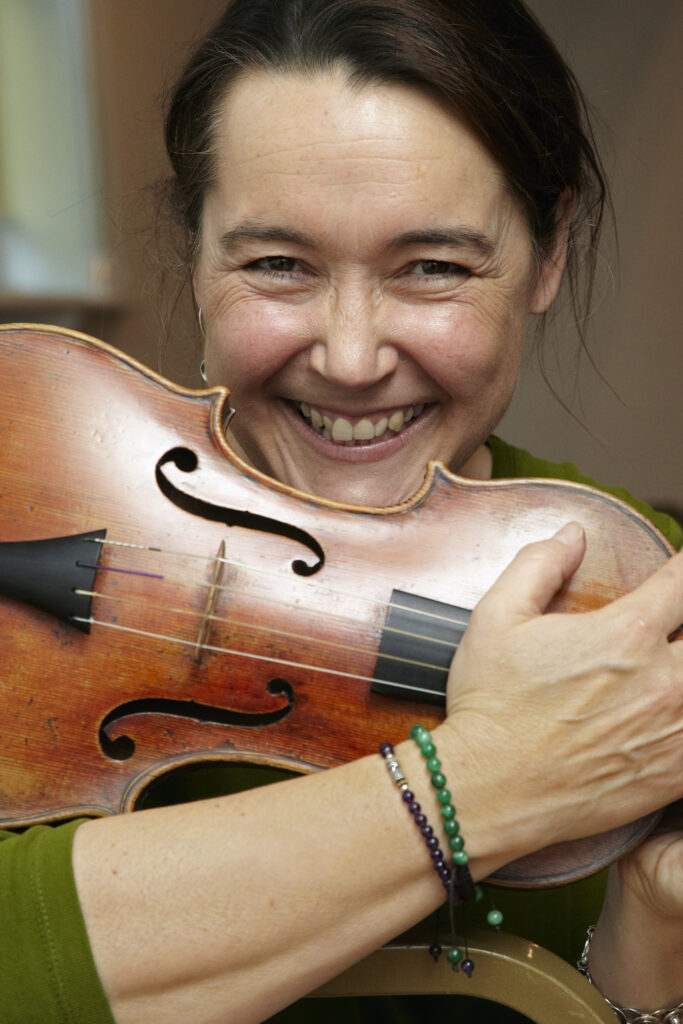This concert is presented by St Andrew’s Church, Curry Rivel. All proceeds will go to St Andrew’s Church funds. It is not covered by this year’s season ticket, so tickets for it must be purchased separately, which can be done online or on the door in the usual ways; see Tickets.
Programme
- Bach Suite BWV1066
Overture – Courante – Gavotte l & ll – Forlane – Menuet l & ll – Bourrée l & ll – Passepied l & ll - Bach Suite BWV1067
Overture – Rondeau – Sarabande – Bourrée & ll – Polonaise & Double – Menuet – Badinerie
Interval
- Bach Suite BWV1068
Overture – Air – Gavotte l & ll – Bourrée – Gigue - Bach Suite BWV106
Overture – Bourrée l & ll – Gavotte – Menuet l & ll – Réjouissance
The music
Johann Sebastian Bach’s Overtures have their origins in dance suites that were popular in the 1600s. They were not conceived as a set, and were likely partially written while Bach was working in the court at Cöthen (1717–23) and later when he assumed the role of director of the Collegium Musicum in Leipzig in 1729. The suites all begin with a French Overture, followed by a series of dance movements. Bach had first-hand knowledge of the elegant French dance style which had swept through Europe’s genteel society through his contact with Thomas de la Selle, a violinist and dancing-master who had studied with the famous French composer Jean Baptiste Lully. Bach’s understanding of the original dance steps gives these movements their own distinctive character.
For many years the chamber ensemble Music for Awhile has performed Bach in country churches, and often the available performing space is limited. On one occasion, I suggested programming an arrangement of BWV 1068 for just four string players and harpsichord. This didn’t require cutting any musical material, nor losing any detail. While the other instrumental parts (wind, brass and timps) add colour, texture and volume, they do not supply additional melody or harmony. The pared-down instrumentation was perfect for the occasion and went down well with the audience! This led me to a more detailed examination of the Overtures (Bach’s own description of the suites) from the perspective of instrumentation, and I became more daring, working on versions of all the suites for string quartet. The arrangements of BWV 1066 and 1067 were teased out relatively easily but BWV1069 was more challenging as one of its main characteristics is the dialogue between instrumental groups. Nevertheless, some movements lent themselves fairly easily to a four-part arrangement. In other places, by turning musical conversations into monologues a four-part texture emerged. It is further away from the original, but, in the absence of wind and brass players, for a small venue, or for the sheer joy of playing Bach alongside other repertoire there are now versions of all four Overtures for string quartet.
This evening we offer you a variety of instrumentations, from a string quartet only arrangement of the suite with the famous ‘Air on the G String’, the flute suite in an instrumentation probably very close to what Bach had in mind, and two suites with the wind, brass and timpani parts distributed between string players but with the added textural variety and colour of a continuo harpsichord.
Music for Awhile


In 1996 Simon Whistler and Margaret Faultless decided to celebrate their love of a tiny church in its magical setting with a concert, inviting musician friends of international standing to perform. The church was All Saints, Alton Priors, and Music for Awhile was born. An annual focus is still the summer festival in the Vale of Pewsey but there are many other performances throughout the year, including a chamber series, which for many years was held at Conock Manor. Festival programmes have included performances of early English opera, masques and theatre music. Music for Awhile has premiered new editions of manuscript material from the British Library and has created new works combining music and poetry. Music for Awhile receives generous funding from Trusts and sponsors, supporting our series of concerts in churches, fundraising for these historic buildings, as well as bringing live music to communities. Tonight’s performance is one such concert. We are delighted to support the church and community here at Curry Rivel and through the generous sponsorship of the Cecil King Memorial Foundation, all ticket proceeds will go to the church.
Founder and Artistic Margaret of Music for Awhile Margaret Faultless has had a varied musical career, as leader of a West End Musical and the violinist in contemporary music ensembles, but is now best known as a specialist in historical performance practice. She is a leader of The Orchestra of the Age of Enlightenment, with whom she has performed all over the world: at Glyndebourne, the Lincoln Centre New York, Tokyo, Vienna, Paris, the Salzburg Festival and frequently at the South Bank in London, and she currently directs the OAE Experience scheme for young professionals. Margaret was leader of the Amsterdam Baroque Orchestra in their ten-year Bach cantata project, performing and recording every cantata. She was also a member of The London Haydn Quartet for a decade. A graduate and Honorary Fellow of Clare College, Cambridge, she is Director of Performance at the Faculty of Music, and lectures and broadcasts on performance. She is an Honorary Fellow of Birmingham Conservatoire – the city in which she grew up. Margaret is the Becket Chair of Historical Performance at The Royal Academy of Music and a Professor of the University of London.
